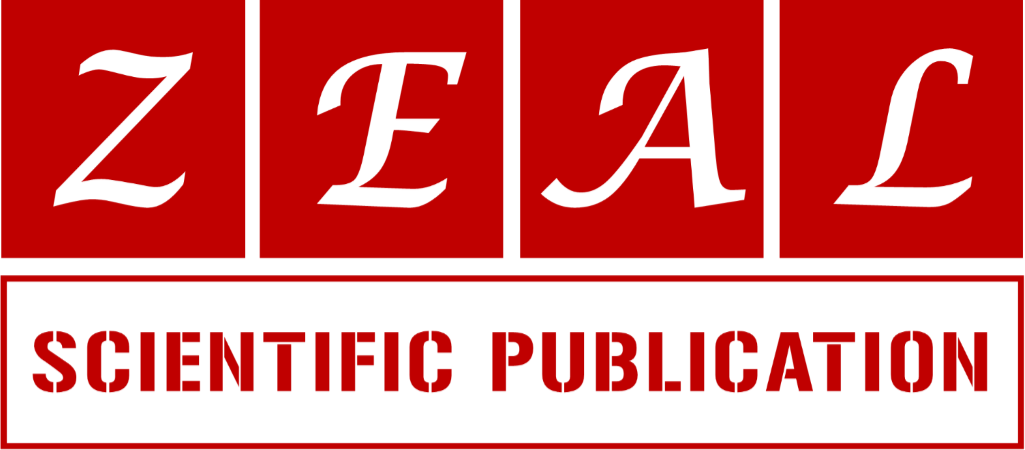On Dulcin detection by electron transfer
Department of Organic Chemistry, Faculty of Chemistry, National Autonomous University of Mexico, Mexico City (CDMX), Mexico.
Research Article
World Journal of Chemical and Pharmaceutical Sciences, 2023, 03(01), 001–004.
Article DOI: 10.53346/wjcps.2023.3.1.0031
Publication history:
Received on 09 June 2023; revised on 30 July 2023; accepted on 02 August 2023
Abstract:
The artificial sweetener Dulcin has been detected by reaction with mercury nitrate (Jorissen test), with silver nitrate or with mercury chloride (Ruggeri test). With these reagents a violet colour is developed. Since there are few violet organic compounds, and these exhibit structures more complex than the expected one from Dulcin, it was pertinent direct the attention in order to clear up the chemistry involved in these assays. The reagents employed have reducible cations; thus, there must be oxidations via electron transfer. However, the Dulcin molecule does not show an adequate site for this type of reaction. Nevertheless, hydrolysis of the ureido chain in Dulcin gives 1,4-phenetidine which is suitable for electron transfer. This way organic radical cations similar to the violet Wurster’s salts can be formed. These compounds are in resonance with quinonoid structures. The sui generis hydrolysis of the ureido chain is commented. This reaction and the degradation of the companion isocyanic acid occur via zwitterions.
Keywords:
Radical cations; Reactive intermediates; Reducible cations; Ureido hydrolysis; Wurster’s salts; Zwitterions
Full text article in PDF:
Copyright information:
Copyright © 2023 Author(s) retain the copyright of this article. This article is published under the terms of the Creative Commons Attribution Liscense 4.0
